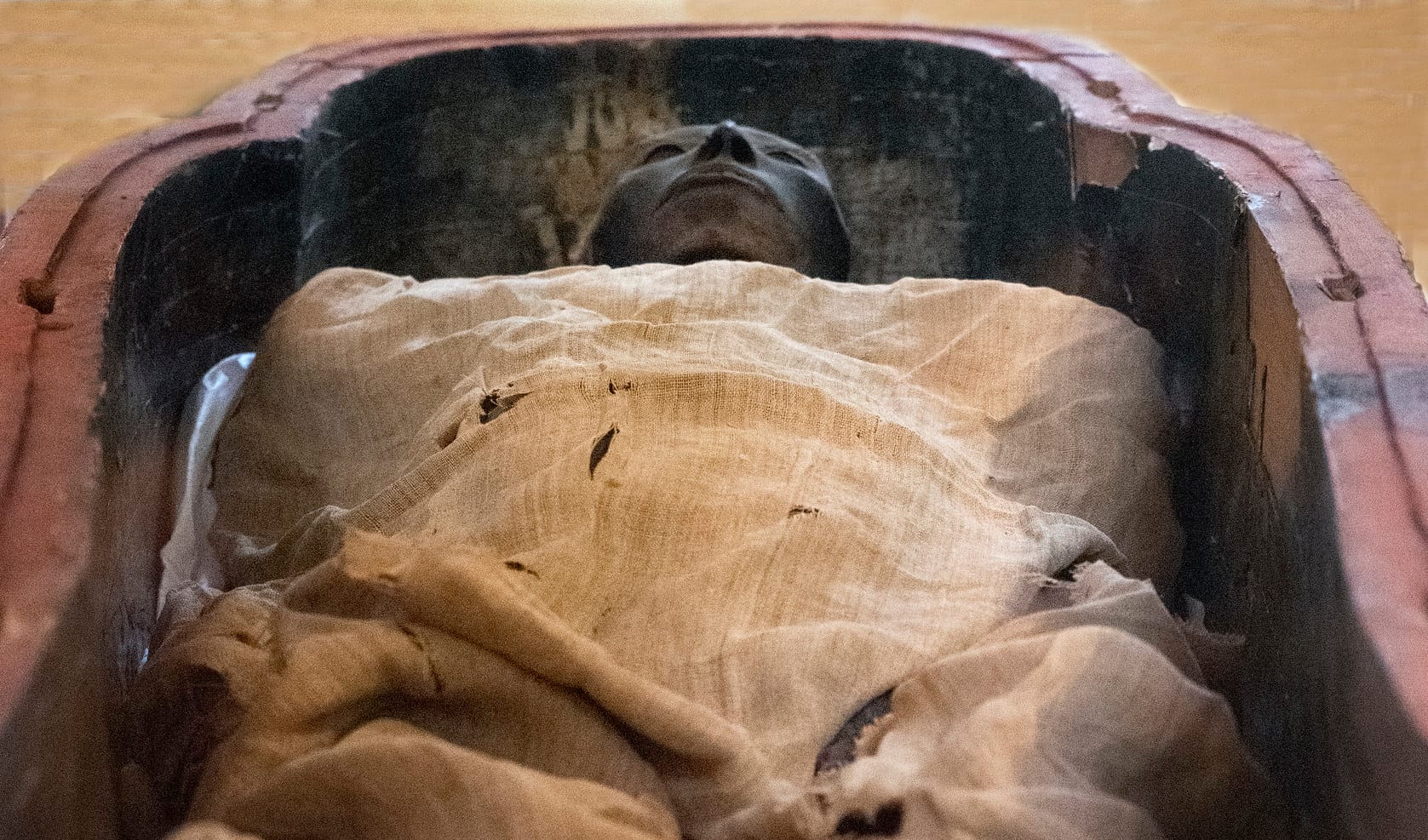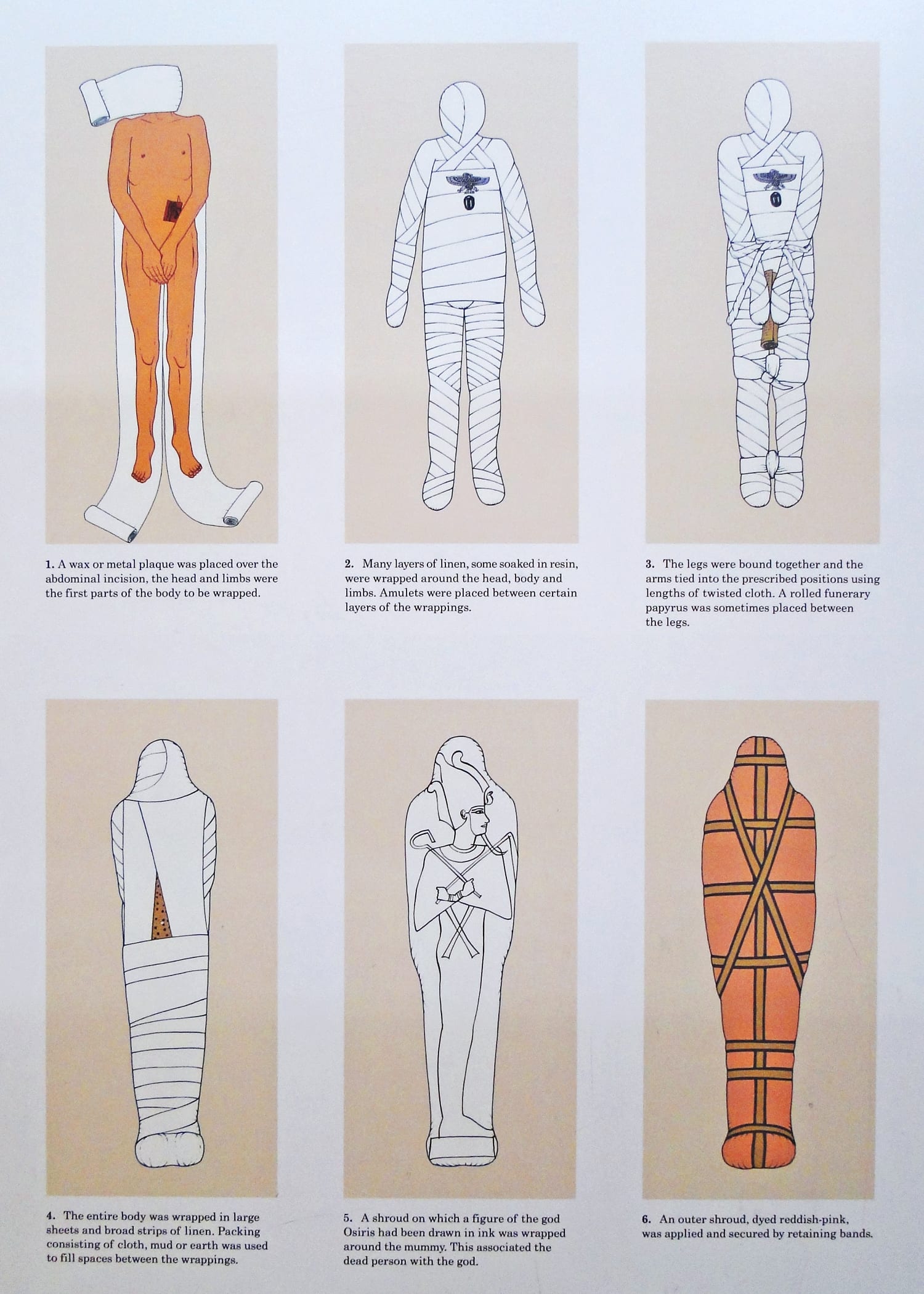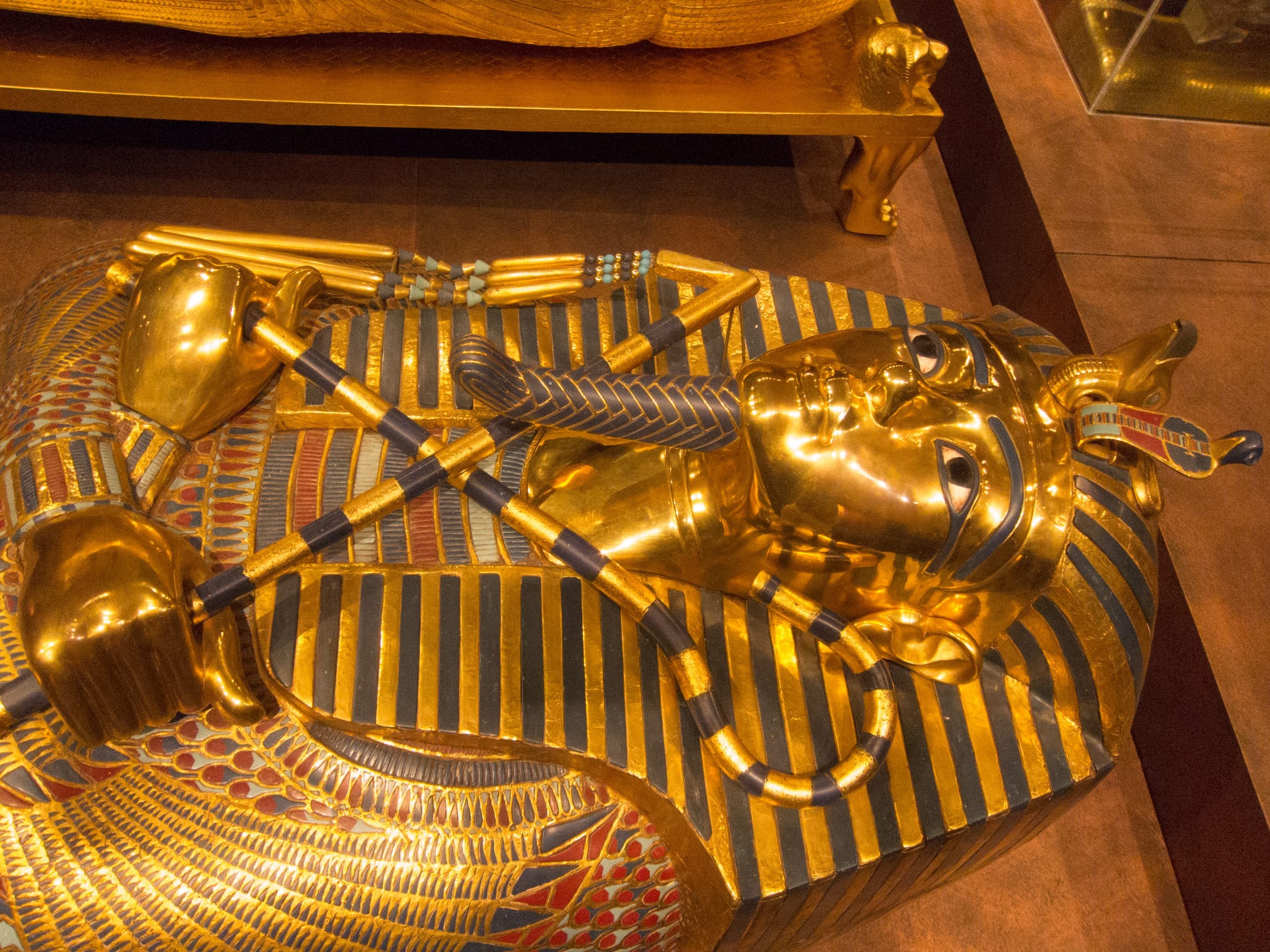I still remember my first night in the United States, not due to the long journey, but because of the first question someone asked about my home country.
“Do you guys really ride camels and live in tents in Egypt?â€
It took me a few minutes to realize the question was genuine. Previously, I had thought almost everyone had to know something about Egypt, at least from one of the many movies inspired by the ancient Egyptian civilization. Therefore, I expected a question such as “Have you seen the pyramids?â€. Afterall, the pyramids are a great icon and a lot of people already know about them, but Egypt has much more to offer. Numerous ancient Egyptian mysteries remain unsolved, such as the mysterious death of king Tutankhamun and the hidden chamber of the Great Pyramid.
But my favorite mystery is mummification and how ancient Egyptians were able to preserve dead bodies for thousands of years.

Mummification was deeply rooted in ancient Egyptian culture and their strong belief in the afterlife. Ancient Egyptians believed the soul continued after death and would need the body to reanimate, so they would preserve the body in as “life-like†a state as possible.
Most of our knowledge of mummification comes from the Greek historians Herodotus and Diodorus. Mummification is a sophisticated 70 day long process that is generally thought to include the following steps. After first washing the body, internal organs were removed. Because internal organs contain water, other fluids, and microorganisms, they would cause the body to decay if left in place . The brain was pulled through the nose using a hook instrument while other organs were removed through a slit in the abdomen. The only exception was the heart—thought to be the center of an individual's being—which was usually left in the body. Afterwards, the body was filled with “natronâ€, a natural salt, to dry out the body and wrapped in linen sheets. This is an oversimplified description of the mummification process, but you can find more (graphic) details online.

One has to wonder how and why do scientists study mummies? Scientists use techniques, such as X-ray and CT scans, mass spectrometry (MS), and DNA analysis to examine mummies. MS was used to analyze the resin found in the wrappings of an Egyptian mummy, while the same technique can detect traces of chemicals, such as cocaine metabolites, in a mummy's hair. In addition, DNA analysis can reveal a lot of information about the person's medical history. In fact, scientists have used DNA analysis to investigate the cause of death of king Tutankhamun. DNA analysis of bone tissue material can shed light on the diseases that plagued ancient civilizations and help scientists understand the underlying causes, and possibly cures for those diseases.

Because Egyptian embalmers guarded their mummification practices and rarely left any written descriptions, the process remained a mystery for a long time. Scientists and historians still debate the exact practices used in mummification. One study performed CT scans and produced 3D reconstructions of seven mummies and found that brain removal and heart preservation were not universal in ancient Egyptian mummification practices.
Other studies focused on finding the exact recipes used in mummification. In 2018, a group of scientists performed forensic chemical tests on a mummy from the 3700 – 3500 BC period. Their analysis revealed the basic mummification recipe, which includes plant oil, a balsam-type root extract, a plant-based gum, and a conifer tree resin.
Beyond scientific interest, pop culture is rich with examples of mummification-themed works. One remarkable example is the award winning documentary “Mummifying Alan: Egypt's Last Secretâ€. Before you ask; yes, Alan was a real person who donated his body for the purpose of studying mummification. In the documentary, scientists tried to reproduce the mummification techniques used by ancient Egyptians on Alan's body. Apparently, the process worked and Alan's body was not decayed after his body was unwrapped. Will it stand the test of time? I doubt we'll be around 3000 years later to find out.
Ultimately, I could blame Hollywood for the question about camels and tents. Afterall, Hollywood is full of inaccurate portrayals of Egypt and its people (I'm looking at you, The Mummy!). But while writing this article, I realized I didn't know as much as I thought I did about ancient Egypt. It's a good idea for us to take a minute to think about what we know about our own cultures. And for the record, I did ride camels. But that's a whole different story.
About the Author
 Alaa Ahmed is a Ph.D. candidate in microbiology at the University of Georgia studying laboratory evolution of new functions in bacteria. He loves reading science fiction, traveling, and is a huge tennis fan. Alaa is originally from Egypt and enjoys learning about different cultures and languages. You can connect with Alaa on Twitter at @TheMicrobio or by email: alaa.ahmed@uga.edu. More from Alaa Ahmed.
Alaa Ahmed is a Ph.D. candidate in microbiology at the University of Georgia studying laboratory evolution of new functions in bacteria. He loves reading science fiction, traveling, and is a huge tennis fan. Alaa is originally from Egypt and enjoys learning about different cultures and languages. You can connect with Alaa on Twitter at @TheMicrobio or by email: alaa.ahmed@uga.edu. More from Alaa Ahmed.
About the Author
- athenssciencecafehttps://athensscienceobserver.com/author/athenssciencecafe/April 12, 2020
- athenssciencecafehttps://athensscienceobserver.com/author/athenssciencecafe/April 3, 2020
- athenssciencecafehttps://athensscienceobserver.com/author/athenssciencecafe/March 30, 2020
- athenssciencecafehttps://athensscienceobserver.com/author/athenssciencecafe/March 6, 2020







